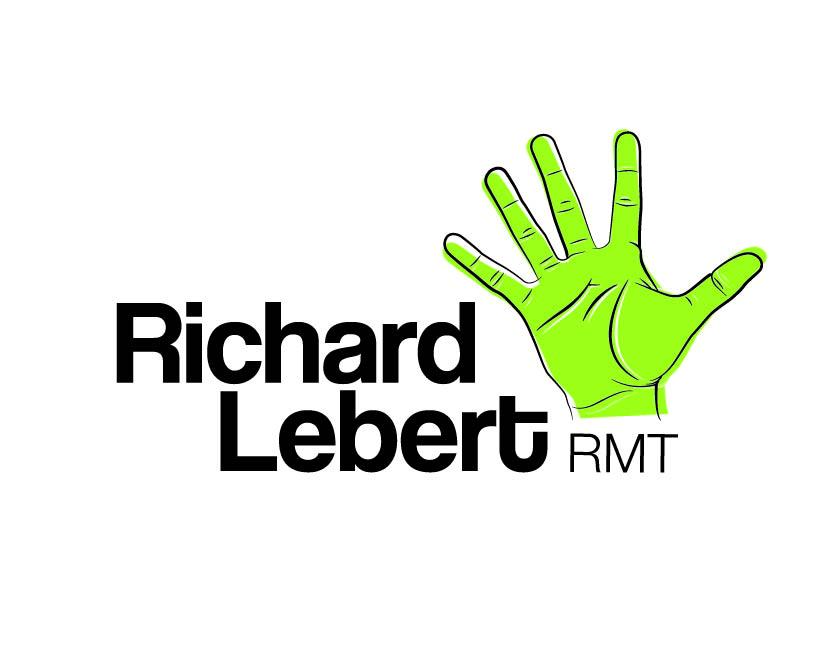"In the recent Global Burden of Disease study, four of the top ten causes of disability worldwide were chronic pain conditions. Chronic pain is defined as pain that lasts beyond normal healing time – usually three months – and is one of the most common global causes of incapacity. It rarely occurs by itself, however, and is one of the most common conditions to present itself alongside other chronic conditions, such as diabetes and COPD. This increases the overall burden of disability, and the impact of each chronic condition."
Read More






